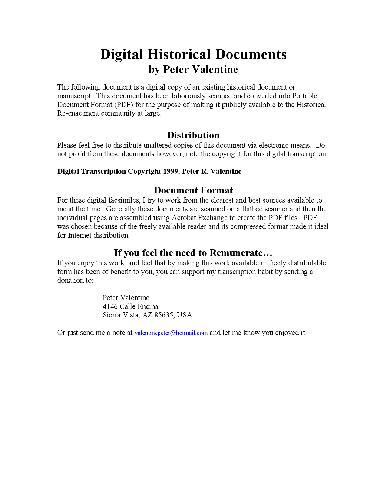- 2 402 202 книги
- Поиск
libcats.org










The Psychology of Group Aggression
Arnold P. GoldsteinPeople in groups act aggressively as a group, not as a collection of individuals. The Psychology of Group Aggression's comprehensive journey starts with group dynamics theory and research by reviewing its relationship to aggression. Arnold P. Goldstein then provides a unique and valuable insight into the different types and levels of intensity of anti-social behavior, examines its causes and considers its costs. In separate chapters he considers low intensity aggression, including ostracism, hazing, teasing; mid-intensity, e.g. bullying and harassment; and high intensity aggression, e.g. mobs and gangs. In a final section, he considers management and intervention techniques, both widely employed and emerging methods.
The Psychology of Group Aggression is an important work for both a pure and an applied audience. It will be a key reference for many, including clinical and forensic psychologists, psychiatrists, criminal justice workers, social psychologists and academics and students in criminology, psychology and sociology.
EPUB | FB2 | MOBI | TXT | RTF
* Конвертация файла может нарушить форматирование оригинала. По-возможности скачивайте файл в оригинальном формате.
Популярные книги за неделю:

Проектирование и строительство. Дом, квартира, сад
Автор: Петер Нойферт, Автор: Людвиг Нефф
Размер книги: 20.83 Mb

Система упражнений по развитию способностей человека (Практическое пособие)
Автор: Петров Аркадий НаумовичКатегория: Путь к себе
Размер книги: 818 Kb

Сотворение мира (3-х томник)
Автор: Петров Аркадий НаумовичКатегория: Путь к себе
Размер книги: 817 Kb

Радиолюбительские схемы на ИС типа 555
Автор: Трейстер Р.Категория: Электротехника и связь
Размер книги: 13.64 Mb
Только что пользователи скачали эти книги:

Angelo broadsword
Автор:Категория: 1528206-Подборка старых книг по фехтованию
Размер книги: 26.07 Mb

Head First Web Design
Автор: Ethan Watrall, Автор: Jeff SiartoКатегория: Computer science
Размер книги: 40.54 Mb

Теория налогообложения
Автор: Занадворов В.С.Категория: Экономика общественного сектора
Размер книги: 223 Kb

Microeconomics: Principles and Applications
Автор: Robert E. Hall, Автор: Marc Lieberman
Размер книги: 5.07 Mb

Убийцы в белых халатах, или Как Сталин готовил еврейский погром
Автор: Валентин Ерашов
Размер книги: 13.78 Mb

Experimental Mechanics of Solids
Автор: C.A. Sciammarella, Автор: F.M. SciammarellaКатегория: Strength of materials.Solids -- Mechanical properties.Structural analysis (Engineering)TECHNOLOGY & ENGINEERING , Material Science
Размер книги: 12.17 Mb




